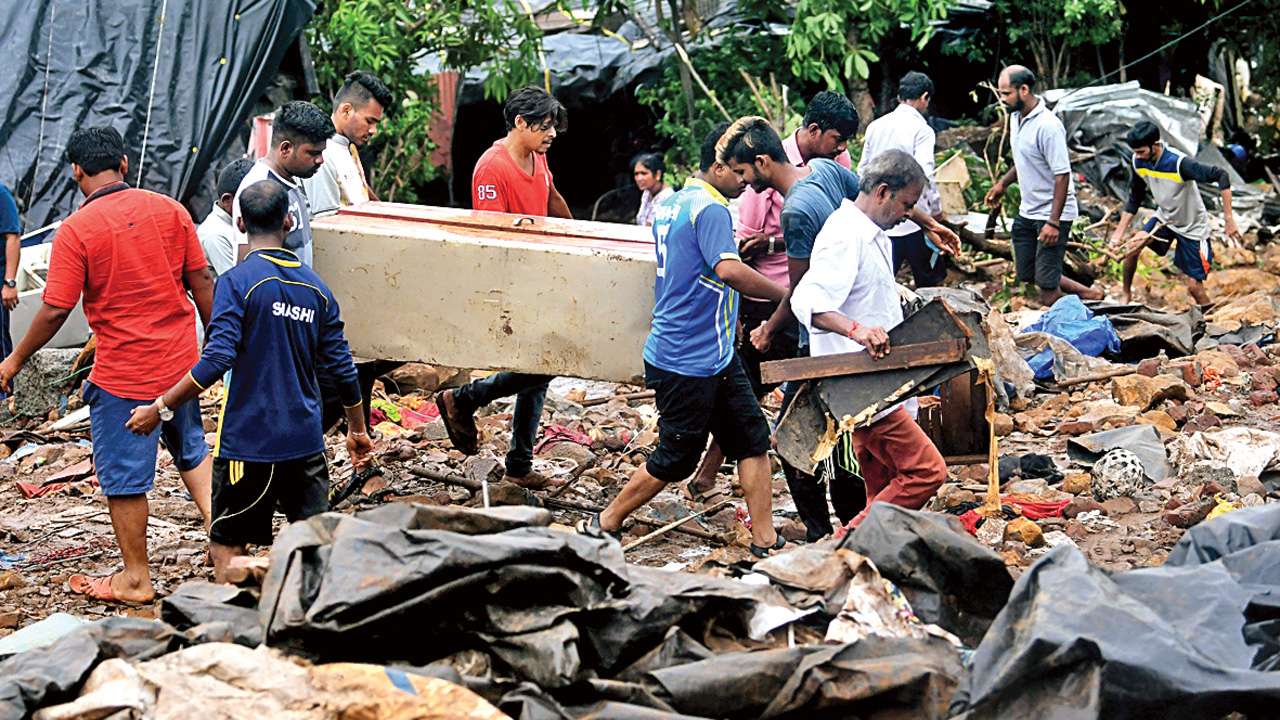
With monsoon here, Mumbai's temperature and pollution levels are at refreshing lows, but once again, dreadful flooding, infrastructure collapses and loss of lives mar the season. And again, Mumbaikars are blaming the government and its agencies for passing the buck. Nobody wants to address the elephant in the room: consistent failure in urban planning.
It's being penny wise and pound foolish to think that year on year, the BMC will keep pumping water into the sea, when the larger issues remain unchallenged. Social media and news coverage have identified a number of grave happenings in the city, but the tedious efforts of the civic authorities remain hidden from the public eye.
Many Mumbaikars are oblivious to the fact that the city received more than the month's average rainfall in just two days. The British-era storm water drains, designed for 25-30 mm rain per hour, unsurprisingly, could not cope with over 500 mm rain in a day, leaving the BMC to pump out a whopping 14,000 million litres into the sea. No city in the world could have been prepared for this. But robust planning gives global cities the capacity to cope with natural disasters far more efficiently.
In spite of witnessing massive losses of life and property each year, the Greater Mumbai's Development Plan 2034 is oblivious to issues of climate change, and will only worsen the scenario. Instead of aiming for improvement, DP 2034 casts aside crying needs of the city for poor developer-led planning.
Despite repeated coaxing by stakeholders and civil society organisations to urgently address flooding, augment open spaces and increase infrastructural capacities, DP 2034 is fixated on maximising built development and amplified concretising of land. Flood-prone areas identified in the 2015 existing land use survey have not only been ignored in the DP, but have instead been exacerbated by reckless built development. Climate change has been loosely tagged on to every document, but not one document seeks active policies to mitigate its impact.
The DP promotes extremely high floor space index (FSI) and drastically diluted development control rules (DCRs). Foolishly, it allows for every square inch to be built upon with podiums and basements, freeing developers of the onus to provide open spaces, thus leaving no space for water to percolate naturally.
The state, subverting a 2013 Supreme Court judgment, has completely removed the need for a Comprehensive Environmental Impact Assessment of large-scale concretisation? Meanwhile, BMC's protected natural areas have been opened up for development by simply removing the "not" from "not amenable to development".
We cannot keep ignoring ad-hoc built development, which is unaccompanied by a commensurate increase in infrastructure and open spaces. Urban planning and DCR need to be looked at through the lens of Right to Life (Article 21, Constitution of India), aiming for equity and empowerment of Greater Mumbai's 12.44 million citizens, instead of facilitating profits for a few.
Although the city has fared relatively well this time, thanks to BMC staff's toiling, next time may not be as forgiving. If we do not demand a more sustainable future now, the government will continue to erode our city and the life of future generations.
Pankaj Joshi, Executive Director Urban Development Research Institute and Trustee, Society of Environment and Architecture